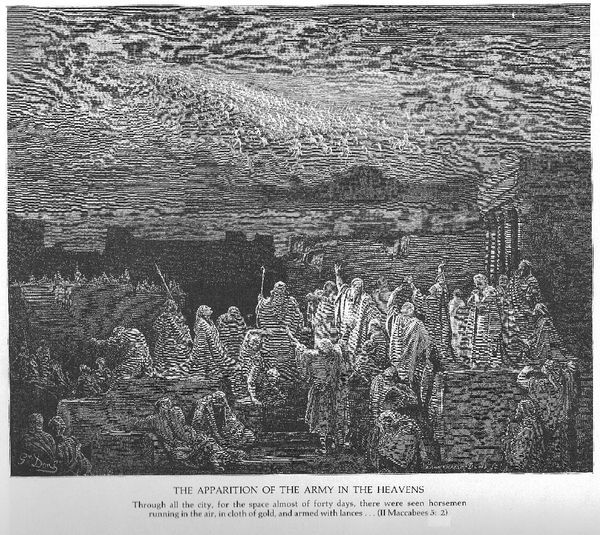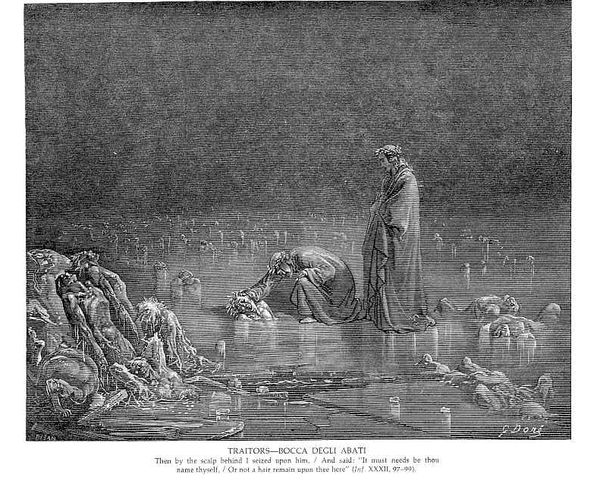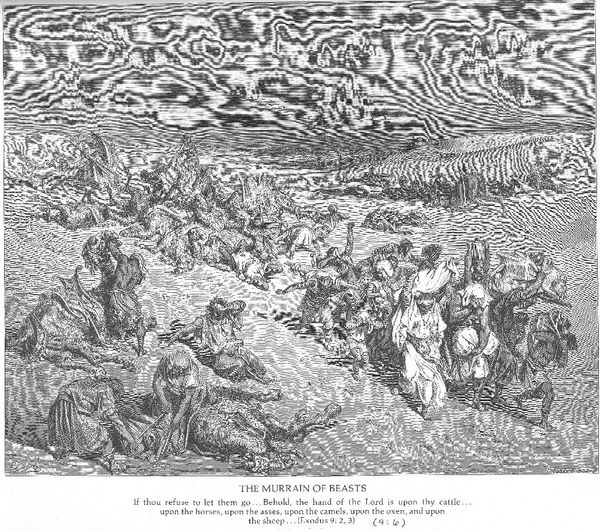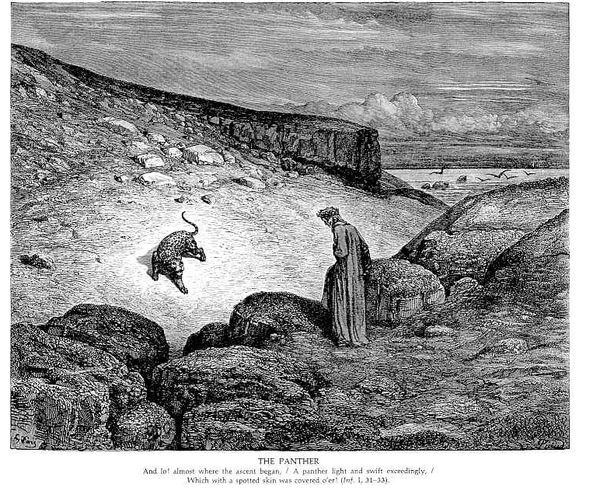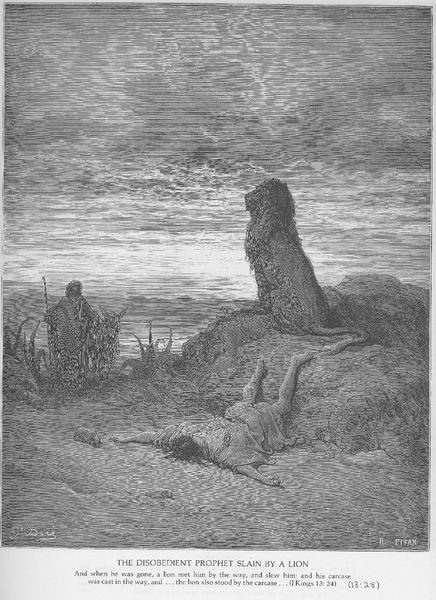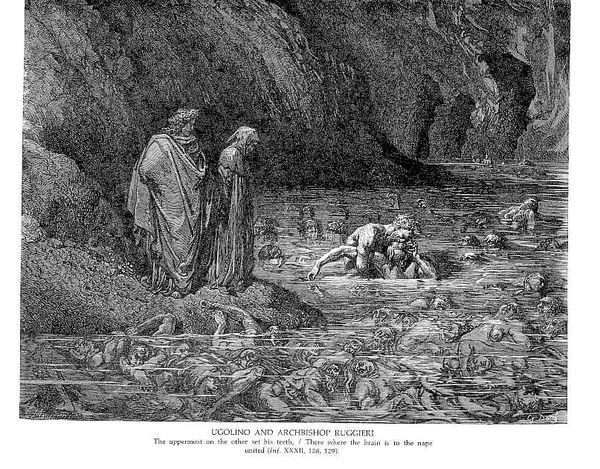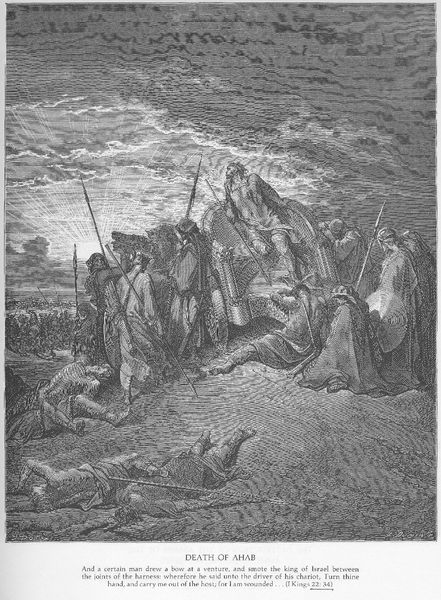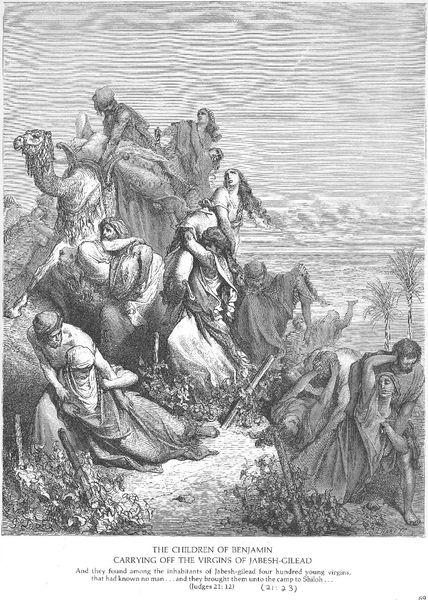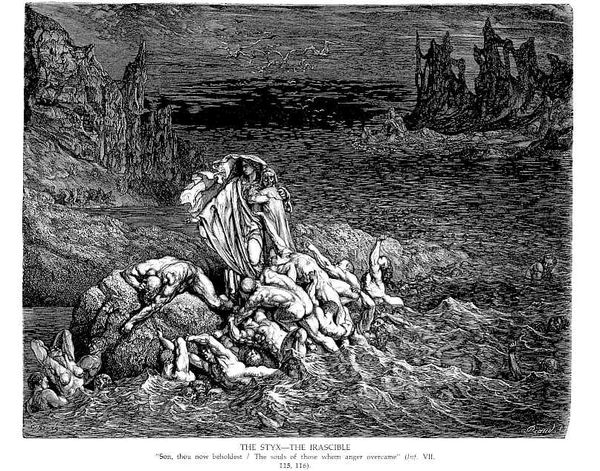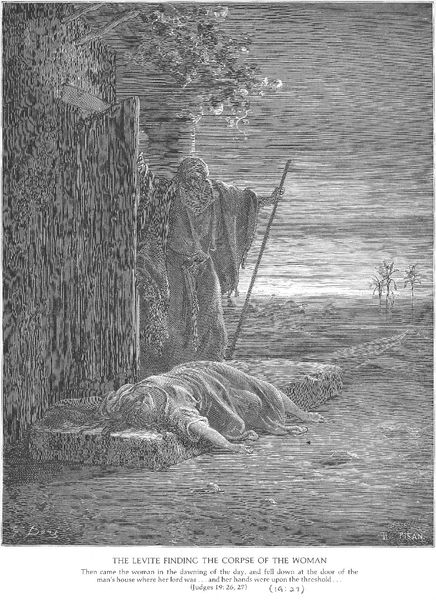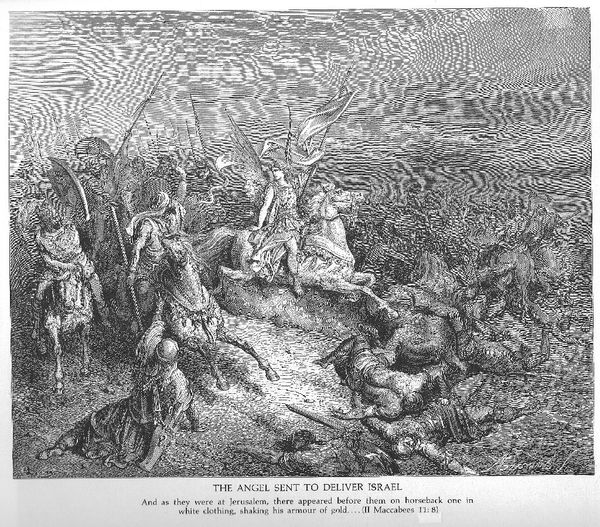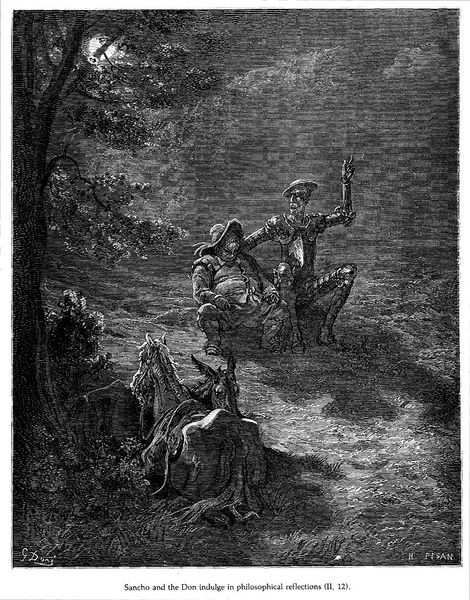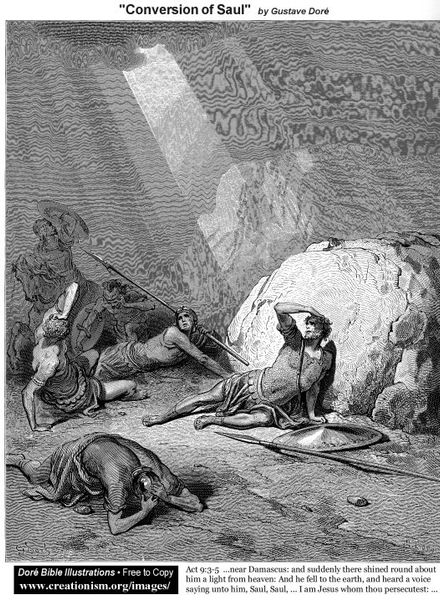
drawing, print, photography, woodcut, engraving
#
drawing
#
medieval
#
narrative-art
# print
#
landscape
#
figuration
#
photography
#
romanticism
#
woodcut
#
christianity
#
line
#
history-painting
#
engraving
#
natural form
#
intricate and detailed
Copyright: Public domain
Editor: So, this is Gustave Dore's "Israelite Women Mourn with Jephthah's Daughter." It looks like a print, probably an engraving or a woodcut. It's incredibly detailed, and the mood is just so heavy with grief. What's your take on this piece? Curator: The Dore illustration powerfully engages with the themes of sacrifice and communal lament, rendered in a style evocative of Romantic sensibilities. Dore was deeply invested in narrative art and frequently took on commissions illustrating literary works and the Bible. I wonder, how do images like this one reinforce particular interpretations of biblical narratives? Do they uphold power structures of the time, or challenge them? Editor: That’s interesting. The women here seem so bound by their fate. Does this piece participate in the 19th-century construction of women as inherently victims? Curator: Precisely! And what's the effect of making it such a public, theatrical display? Is their sorrow meant to function as a kind of political performance, reinforcing societal norms, or perhaps questioning the very idea of sacrificing young women to patriarchal ideals? Editor: I hadn’t thought about it like that. So, this image is doing more than just illustrating a story; it’s commenting on the role of women and potentially questioning societal expectations of female sacrifice. Curator: Exactly. Consider also how it fits into the wider history of representing biblical narratives. How does Dore's version compare to earlier or later interpretations, and what does that reveal about shifting cultural attitudes? It allows us to look into changing beliefs related to social roles and expectations. Editor: That contextual layering really transforms my understanding of the print. I went from simply seeing grief to considering its cultural and historical significance. Curator: It highlights how visual culture participates in the continuous reinterpretation and negotiation of shared cultural narratives.
Comments
No comments
Be the first to comment and join the conversation on the ultimate creative platform.

